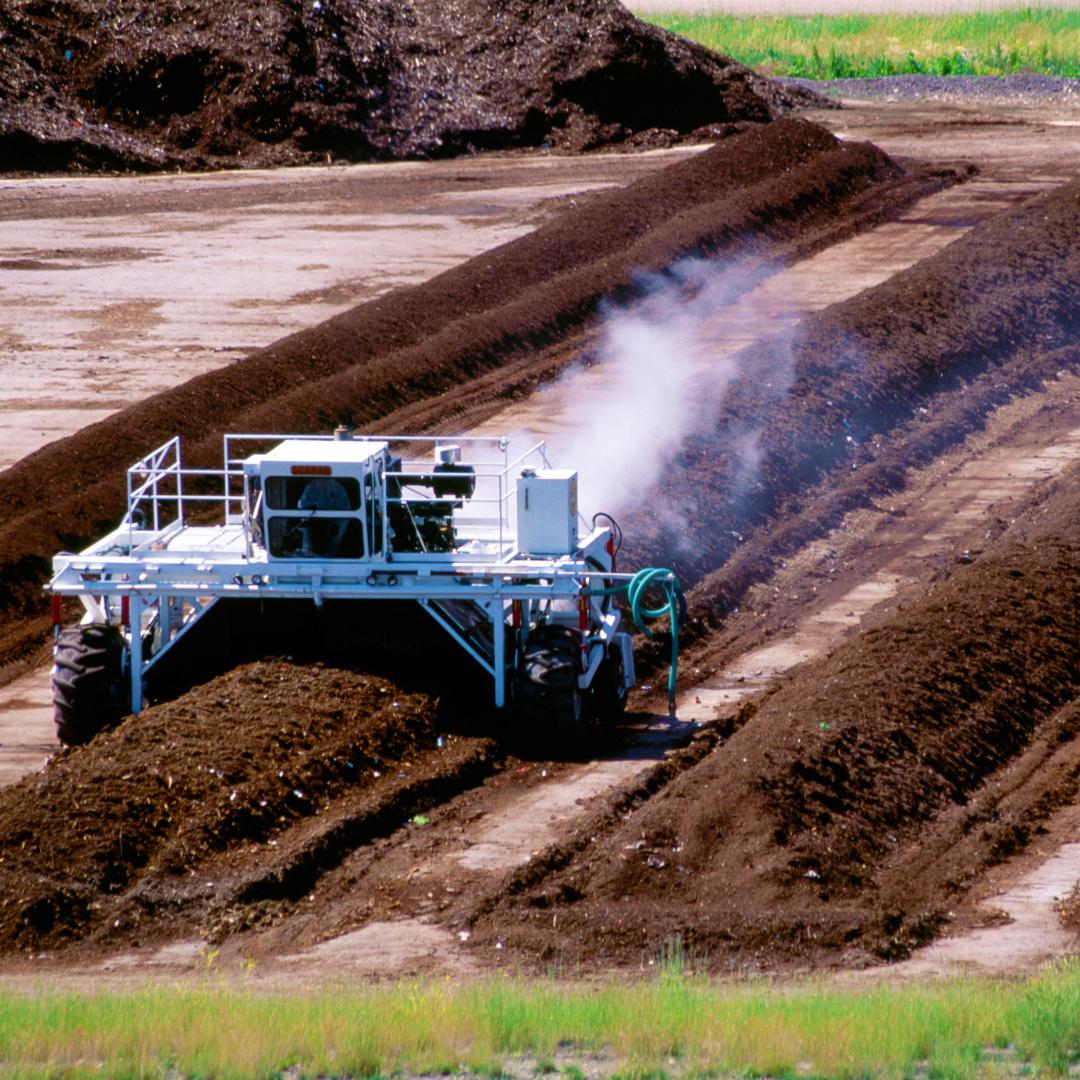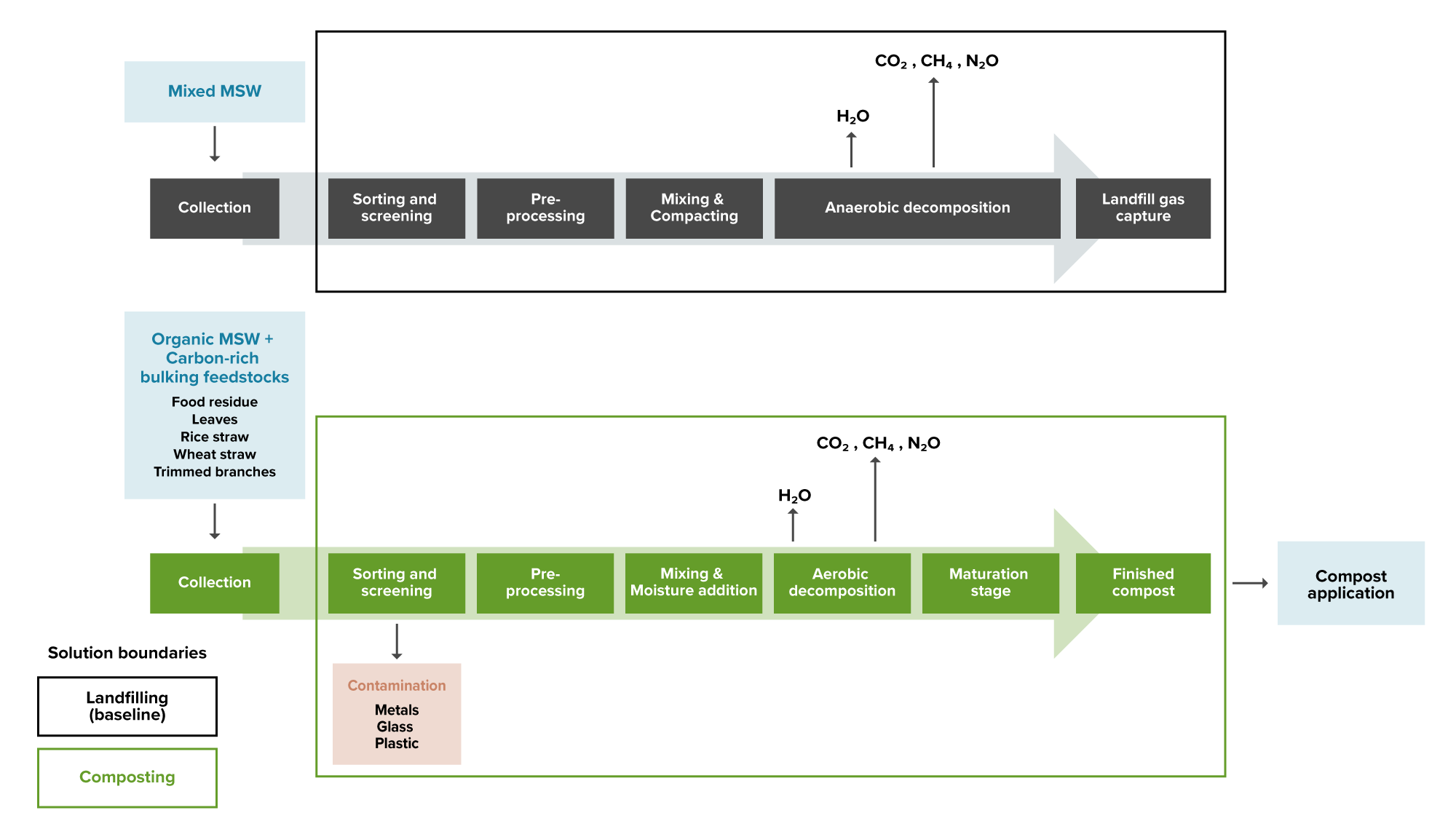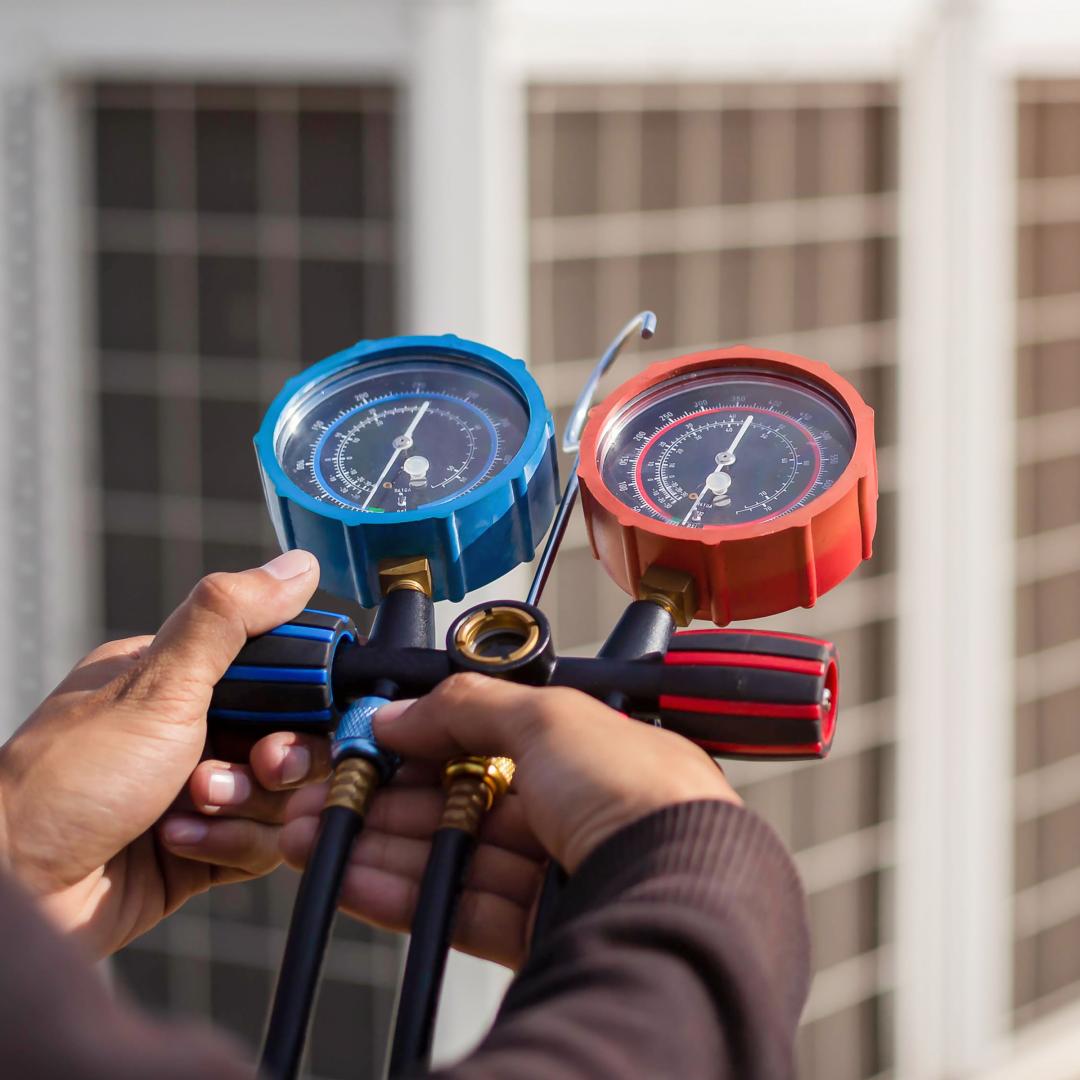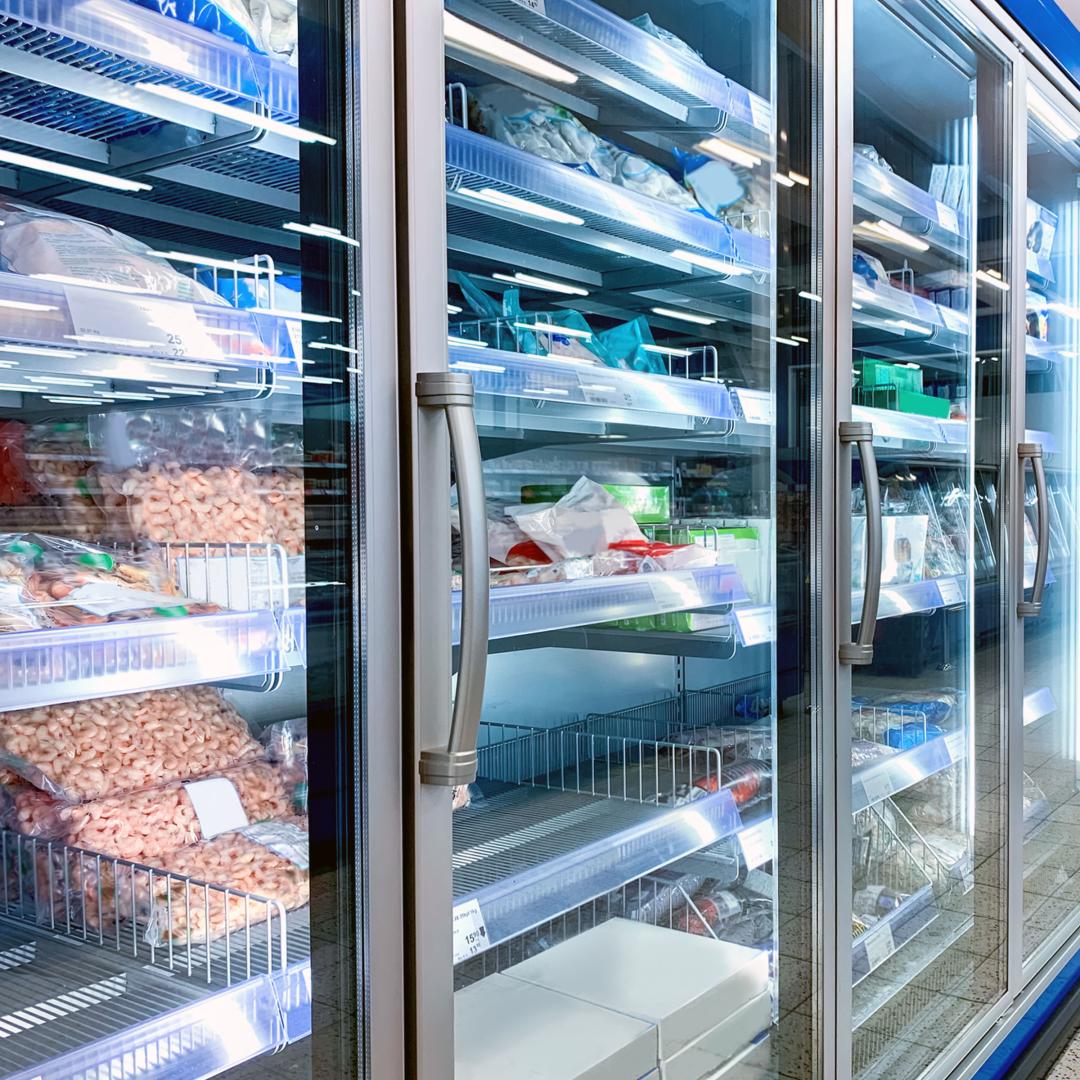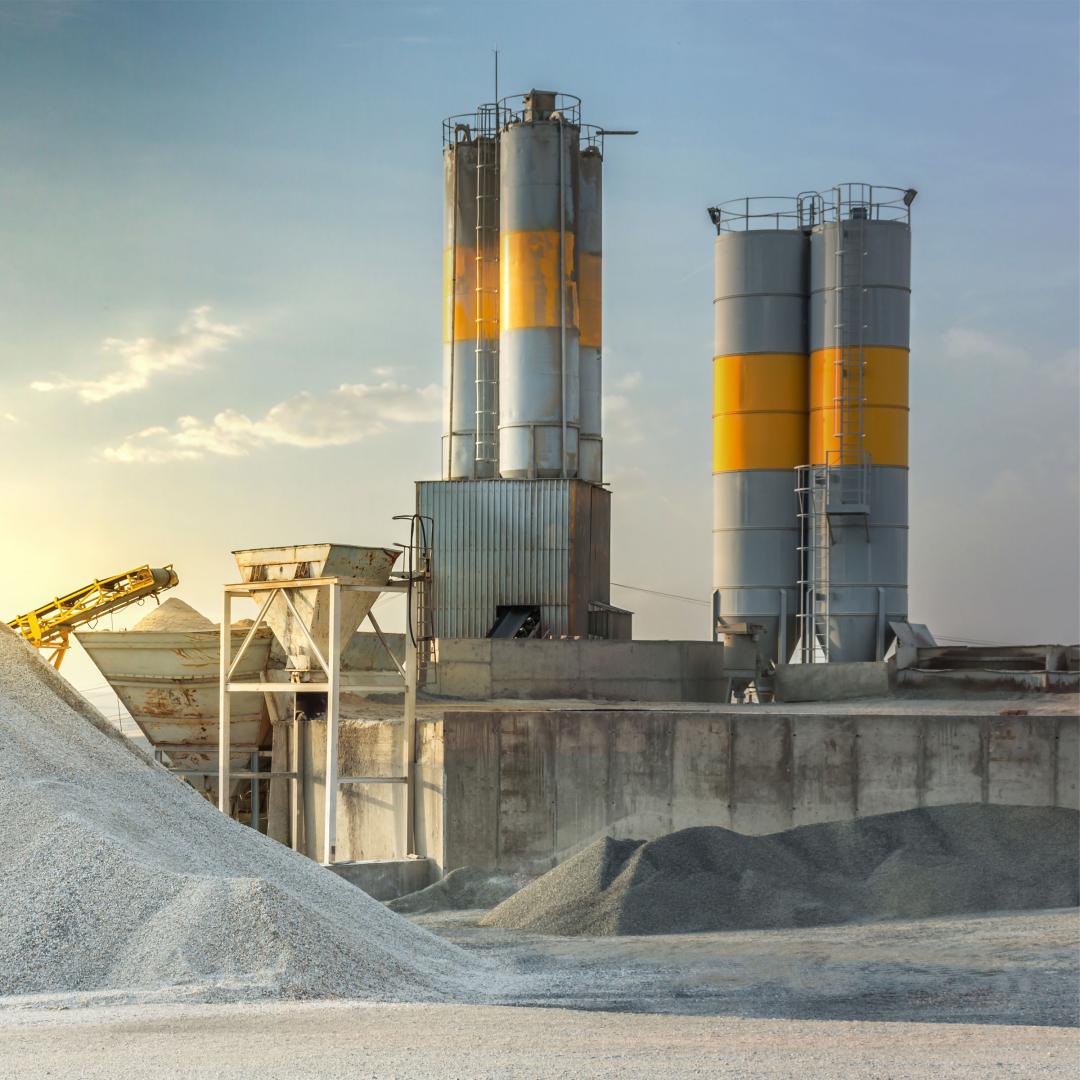Amendment to the Montreal Protocol on substances that deplete the ozone layer. (2016, October 15). Link to source: https://treaties.un.org/doc/Treaties/2016/10/20161015%2003-23%20PM/Ch_XXVII-2.f-English%20and%20French.pdf
Arp, H. P. H., Gredelj, A., Glüge, J., Scheringer, M., & Cousins, I. T. (2024). The global threat from the irreversible accumulation of trifluoroacetic acid (TFA). Environmental Science & Technology, 58(45), 19925–19935. Link to source: https://doi.org/10.1021/acs.est.4c06189
ASHRAE. (2009). ASHRAE position document on natural refrigerants. Link to source: https://www.epa.gov/sites/default/files/documents/ASHRAE_PD_Natural_Refrigerants_2011.pdf
Babiker, M., Berndes, G., Blok, K., Cohen, B., Cowie, A., Geden, O., Ginzburg, V., Leip, A., Smith, P., Sugiyama, M., & Yamba, F. (2022). Cross-sectoral perspectives. In P. R. Shukla, J. Skea, R. Slade, A. Al Khourdajie, R. van Diemen, D. McCollum, M. Pathak, S. Some, P. Vyas, R. Fradera, M. Belkacemi, A. Hasija, G. Lisboa, S. Luz, & J. Malley (Eds.), Climate change 2022: Mitigation of climate change. Contribution of working group III to the sixth assessment report of the intergovernmental panel on climate change (pp. 1245–1354). Cambridge University Press. Link to source: https://doi.org/10.1017/9781009157926.014
Baha, M., & Dupont, J.-L. (2023, September 15). Global warming potential (GWP) of HFC refrigerants. International Institute of Refrigeration. Link to source: https://iifiir.org/en/encyclopedia-of-refrigeration/global-warming-potential-gwp-of-hfc-refrigerants
Behringer, D., Heydel, F., Gschrey, B., Osterheld, S., Schwarz, W., Warncke, K., Freeling, F., Nödler, K., Henne, S., Reimann, S., Blepp, M., Jörß, W., Liu, R., Ludig, S., Rüdenauer, I., & Gartiser, S. (2021). Persistent degradation products of halogenated refrigerants and blowing agents in the environment: Type, environmental concentrations, and fate with particular regard to new halogenated substitutes with low global warming potential. Final report. Umweltbundesamt [German Environment Agency]. Link to source: https://www.umweltbundesamt.de/sites/default/files/medien/5750/publikationen/2021-05-06_texte_73-2021_persistent_degradation_products.pdf
Blumberg, K., Isenstadt, Taddonio, K. N., Andersen, S. O., & Sherman, N. J. (2019). Mobile air conditioning: The life-cycle costs and greenhouse-gas benefits of switching to alternative refrigerants and improving system efficiencies. Link to source: https://theicct.org/wp-content/uploads/2021/06/ICCT_mobile-air-cond_CBE_201903.pdf
Bolaji, B. O., & Huan, Z. (2013). Ozone depletion and global warming: Case for the use of natural refrigerant – a review. Renewable and Sustainable Energy Reviews, 18, 49–54. Link to source: https://doi.org/10.1016/j.rser.2012.10.008
Booten, C., Nicholson, S., Mann, M., & Abdelaziz, O. (2020). Refrigerants: Market trends and supply chain assessment. Link to source: https://www.nrel.gov/docs/fy20osti/70207.pdf
Burkholder, J. B., Hodnebrog, Ø., McDonald, B. C., Orkin, V., Papadimitriou, V. C., & Van Hoomissen, D. (2023). Annex: Summary of abundances, lifetimes, ODPs, REs, GWPs, and GTPs. Scientific Assessment of Ozone Depletion 2022. Link to source: https://csl.noaa.gov/assessments/ozone/2022/downloads/Annex_2022OzoneAssessment.pdf
California Public Utilities Commission. (2022). Refrigerant avoided cost calculator [Data set]. Link to source: https://www.cpuc.ca.gov/dercosteffectiveness
Campbell, I., Kalanki, A., & Sachar, S. (2018). Solving the global cooling challenge: How to counter the climate threat from room air conditioners. Rocky Mountain Institute. Link to source: https://rmi.org/wp-content/uploads/2018/11/Global_Cooling_Challenge_Report_2018.pdf
Chele, F. S., Salvador, C., Stevenson, L., Dolislager, F., Armstrong, A., Power, S., Mathews, T., & Yana Motta, S. F. (2024). Critical literature review of low global warming potential (GWP) refrigerants and their environmental impact. Oak Ridge National Laboratory. Link to source: https://www.osti.gov/servlets/purl/2528023
CLASP & ATMOsphere. (2022). Global refrigerant impact from 6 appliances in 22 countries. Link to source: https://www.clasp.ngo/wp-content/uploads/2022/05/Refrigerant-Modeling-Interim-Report-APR142022.pdf
Climate and Ozone Protection Alliance. (2025). Global banks of ozone depleting substances (ODS) and hydrofluorocarbons (HFCs). Link to source: https://www.copalliance.org/imglib/publications/2025-04_COPA_Global%20Banks%20ODS%20HFC_update.pdf
Colbourne, D., Croiset, I., Ederberg, L., Heubes, J., Martin, M., Narayan, C., Oppelt, D., Papst, I., Usinger, J., & Gschrey, B. (2013). NAMAs in the refrigeration, air conditioning and foam sectors: A technical handbook. Deutsche Gesellschaft für Internationale Zusammenarbeit (GIZ) GmbH [German Agency for International Cooperation] . Link to source: https://transparency-partnership.net/sites/default/files/e-bruochure-20131015-neu.pdf
Denzinger, P. (2023, December 9). Context and global mitigation potential of “green” ACs. COP28 UAE. Link to source: https://www.green-cooling-initiative.org/fileadmin/user_upload/Final_02_COP28_Side_Event_Green_ACs_Final_Final.pdf
Dimitrakopoulou, M.-E., Karvounis, M., Marinos, G., Theodorakopoulou, Z., Aloizou, E., Petsangourakis, G., Papakonstantinou, M., & Stoitsis, G. (2024). Comprehensive analysis of PFAS presence from environment to plate. npj Science of Food, 8, 80. Link to source: https://doi.org/10.1038/s41538-024-00319-1
Dong, Y., Coleman, M., & Miller, S. A. (2021). Greenhouse gas emissions from air conditioning and refrigeration service expansion in developing countries. Annual Review of Environment and Resources, 46, 59–83. Link to source: https://doi.org/10.1146/annurev-environ-012220-034103
Dräger. (n.d.). Cooling with ammonia: What you should keep in mind. Link to source: https://www.draeger.com/Content/Documents/Content/ammoniak-fa-pdf-8110-en.pdf
Dreyfus, G., Borgford-Parnell, N., Christensen, J., Fahey, D. W., Motherway, B., Peters, T., Picolotti, R., Shah, N., & Xu, Y. (2020). Assessment of climate and development benefits of efficient and climate-friendly cooling. Link to source: https://www.ccacoalition.org/resources/assessment-climate-and-development-benefits-efficient-and-climate-friendly-cooling
European Chemicals Agency. (2023). Annex XV restriction report: Per- and polyfluoroalkyl substances (PFASs). Link to source: https://echa.europa.eu/documents/10162/f605d4b5-7c17-7414-8823-b49b9fd43aea
European Environmental Bureau. (2025). Universal PFAS restriction under REACH: Briefing on fluorinated gases in the universal PFAS restriction—The F-lephant in the room. Link to source: https://eeb.org/wp-content/uploads/2025/02/EEB_EURENI_F-gas_Policy-Brief.pdf
Fabris, F., Fabrizio, M., Marinetti, S., Rossetti, A., & Minetto, S. (2024). Evaluation of the carbon footprint of HFC and natural refrigerant transport refrigeration units from a life-cycle perspective. International Journal of Refrigeration, 159, 17–27. Link to source: https://doi.org/10.1016/j.ijrefrig.2023.12.018
Fenton, S. E., Ducatman, A., Boobis, A., DeWitt, J. C., Lau, C., Ng, C., Smith, J. S., & Roberts, S. M. (2021). Per- and polyfluoroalkyl substance toxicity and human health review: Current state of knowledge and strategies for informing future research. Environmental Toxicology and Chemistry, 40(3), 606–630. Link to source: https://doi.org/10.1002/etc.4890
Food and Agriculture Organization of the United Nations. (2019). The state of food and agriculture 2019: Moving forward on food loss and waste reduction. Link to source: https://openknowledge.fao.org/server/api/core/bitstreams/11f9288f-dc78-4171-8d02-92235b8d7dc7/content
Garavagno, M. d. l. A., Holland, R., Khan, M. A. H., Orr-Ewing, A. J., & Shallcross, D. E. (2024). Trifluoroacetic acid: Toxicity, sources, sinks and future prospects. Sustainability, 16(6), Article 2382. Link to source: https://doi.org/10.3390/su16062382
Garry, M. (2021, June 23). Certain HFCs and HFOs are in PFAS group that five EU countries intend to restrict. Link to source: https://naturalrefrigerants.com/certain-hfcs-and-hfos-are-in-pfas-group-that-five-eu-countries-intend-to-restrict/
Goetzler, W., Guernsey, M., Young, J., Fuhrman, J., & Abdelaziz, O. (2016). The future of air conditioning for buildings. U.S. Department of Energy. Office of Energy Efficiency and Renewable Energy. Building Technologies Office. Link to source: https://www.energy.gov/sites/prod/files/2016/07/f33/The%20Future%20of%20AC%20Report%20-%20Full%20Report_0.pdf
Gradient. (2015). Risk assessment of refrigeration systems using A2L flammable refrigerants. Link to source: https://www.ahrinet.org/system/files/2023-08/AHRI-8009_Final_Report.pdf
Green Cooling Initiative. (n.d.). Global greenhouse gas emissions from the RAC sector. Retrieved April 15, 2025, from Link to source: https://www.green-cooling-initiative.org/country-data
Hanson, M. L., Madronich, S., Solomon, K., Sulbaek Andersen, M. P., & Wallington, T. J. (2024). Trifluoroacetic acid in the environment: Consensus, gaps, and next steps. Environmental Toxicology and Chemistry, 43, 2091–2093. Link to source: https://doi.org/10.1002/etc.5963
Hayes, C., Stausholm, T., Ilana, K., & Devin, Y. (2023). Natural refrigerants: State of the industry. ATMOsphere. Link to source: https://atmosphere.cool/marketreport-2022/
Heubes, J., Martin, M., & Oppelt, D. (2012). Refrigeration, air conditioning and foam blowing sectors technology roadmap. GIZ Proklima. Link to source: https://unfccc.int/ttclear/misc_/StaticFiles/gnwoerk_static/TEM_tec_cfi_rm/993ecdfa67144e68b88b4735ea50fcf0/647faaa714484a2983fe6851111ab9aa.pdf
Höglund-Isaksson, L., Purohit, P., Amann, M., Bertok, I., Rafaj, P., Schöpp, W., & Borken-Kleefeld, J. (2017). Cost estimates of the Kigali Amendment to phase-down hydrofluorocarbons. Environmental Science & Policy, 75, 138–147. Link to source: https://doi.org/10.1016/j.envsci.2017.05.006
Holland, R., Khan, M. A. H., Driscoll, I., Chhantyal-Pun, R., Derwent, R. G., Taatjes, C. A., Orr-Ewing, A. J., Percival, C. J., & Shallcross, D. E. (2021). Investigation of the production of trifluoroacetic acid from two halocarbons, HFC-134a and HFO-1234yf and its fates using a global three-dimensional chemical transport model. ACS Earth and Space Chemistry, 5(4), 849–857. Link to source: https://doi.org/10.1021/acsearthspacechem.0c00355
Imamura, T., Kamiya, K., & Sugawa, O. (2015). Ignition hazard evaluation on A2L refrigerants in situations of service and maintenance. Journal of Loss Prevention in the Process Industries, 36, 553–561. Link to source: https://doi.org/10.1016/j.jlp.2014.12.018
Inforum, JMS Consulting, The Alliance for Responsible Atmospheric Policy, & Air-Conditioning, Heating, and Refrigeration Institute. (2019, December 12). Economic & consumer impacts of HFC phasedown. Link to source: https://www.congress.gov/116/meeting/house/110388/documents/HHRG-116-IF18-20200114-SD003.pdf
International Energy Agency. (2023, July 12). Space cooling. Link to source: https://www.iea.org/energy-system/buildings/space-cooling
Intergovernmental Panel on Climate Change. (2023). Climate change 2022: Mitigation of climate change. Working Group III Contribution to the Sixth Assessment Report of the Intergovernmental Panel on Climate Change. Cambridge University Press. Link to source: https://doi.org/10.1017/9781009157926
JMS Consulting & Inforum. (2018). Consumer cost impacts of U.S. ratification of the Kigali Amendment. Link to source: https://www.alliancepolicy.org/site/usermedia/application/10/Consumer_Costs_Final_InforumJMS_20181109.pdf
Montreal protocol on substances that deplete the ozone layer. (1987, September 16). Link to source: https://treaties.un.org/doc/publication/unts/volume%201522/volume-1522-i-26369-english.pdf
Petri, Y., & Caldeira, K. (2015). Impacts of global warming on residential heating and cooling degree-days in the United States. Scientific Reports, 5(1), Article 12427. Link to source: https://doi.org/10.1038/srep12427
Purohit, P., & Höglund-Isaksson, L. (2017). Global emissions of fluorinated greenhouse gases 2005–2050 with abatement potentials and costs. Atmospheric Chemistry and Physics, 17(4), 2795–2816. Link to source: https://doi.org/10.5194/acp-17-2795-2017
Salvador, C. M., Chele, F. S., Stevenson, L., Dolislager, F., Armstrong, A., Mathews, T., & Yana Motta, S. (2024). Atmospheric transformation of refrigerants: Current research developments and knowledge gaps. International Refrigeration and Air Conditioning Conference, USA, Paper 2671. Link to source: https://docs.lib.purdue.edu/iracc/2671
Secop. (2018). Practical application of refrigerants R600a and R290 in small hermetic systems. Link to source: https://www.secop.com/fileadmin/user_upload/technical-literature/guidelines/application_guideline_r600a_r290_02-2018_desa610a202.pdf
Shah, N., Khanna, N., Karali, N., Park, W. Y., Qu, Y., & Zhou, N. (2017). Opportunities for simultaneous efficiency improvement and refrigerant transition in air conditioning. Lawrence Berkeley National Laboratory. Link to source: https://cooling.lbl.gov/publications/opportunities-simultaneous-efficiency
Shah, N., Wei, M., Letschert, V., & Phadke, A. (2015). Benefits of leapfrogging to superefficiency and low global warming potential refrigerants in room air conditioning. Lawrence Berkeley National Laboratory. Link to source: https://www.osti.gov/servlets/purl/1235571
Shah, N., Wei, M., Letschert, V., & Phadke, A. (2019). Benefits of energy efficient and low-global warming potential refrigerant cooling equipment. Lawrence Berkeley National Laboratory. Link to source: https://cooling.lbl.gov/publications/benefits-energy-efficient-and-low
Sherry, D., Nolan, M., Seidel, S., & Andersen, S. O. (2017). HFO-1234yf: An examination of projected long-term costs of production. Nolan Sherry & Associates, Center for Climate and Energy Solutions, Institute for Governance and Sustainable Development. Link to source: https://www.c2es.org/wp-content/uploads/2017/04/hfo-1234yf-examination-projected-long-term-costs-production.pdf
Smith, C., Nicholls, Z. R. J., Armour, K., Collins, W., Forster, P., Meinshausen, M., Palmer, M. D., & Watanabe, M. (2021). The Earth’s energy budget, climate feedbacks, and climate sensitivity supplementary material. In Climate Change 2021: The Physical Science Basis. Contribution of Working Group I to the Sixth Assessment Report of the Intergovernmental Panel on Climate Change. Link to source: https://www.ipcc.ch/report/ar6/wg1/downloads/report/IPCC_AR6_WGI_Chapter07_SM.pdf
Sustainable Purchasing Leadership Council Climate Friendly Refrigerant Action Team. (2021). Recommendations for climate friendly refrigerant management and procurement. Link to source: https://www.igsd.org/publications/recommendations-for-climate-friendly-refrigerant-management-and-procurement/
Trevisan, T. (2023, July 3). Overview of PFAS refrigerants used in HVAC&R and relevance of refrigerants in the PFAS Restriction Intention. UN Montreal Protocol 45th OEWG, Bangkok. Link to source: https://ozone.unep.org/system/files/documents/OEWG45_ATMO_sidevent.pdf
United Nations Development Programme. (2022). Guidance note: Assessing greenhouse gas emissions from refrigerants use in UNDP operations. Link to source: https://www.undp.org/sites/g/files/zskgke326/files/2022-07/Refrigerants%20methodology%20version%20July%202022.pdf
United Nations Environment Programme. (2023). Refrigeration, Air Conditioning and Heat Pumps Technical Options Committee: 2022 assessment report. Link to source: https://ozone.unep.org/system/files/documents/RTOC-assessment%20-report-2022.pdf
United Nations Environment Programme & ASHRAE. (2025). Update on new refrigerants designations and safety classifications June 2025. Link to source: https://www.ashrae.org/file%20library/professional%20development/ashrae-unep/unep---ashrae-factsheet--english.pdf
United Nations Framework Convention on Climate Change. (2023). National inventory submissions, Annex 1 parties [Data set]. Link to source: https://unfccc.int/ghg-inventories-annex-i-parties/2023
U.S. Environmental Protection Agency. (2011). Transitioning to low-GWP alternatives in transport refrigeration. Link to source: https://www.epa.gov/sites/default/files/2015-07/documents/transitioning_to_low-gwp_alternatives_in_transport_refrigeration.pdf
U.S. Environmental Protection Agency. (2025). Frequent questions on the phasedown of hydrofluorocarbons. Link to source: https://www.epa.gov/climate-hfcs-reduction/frequent-questions-phasedown-hydrofluorocarbons
Velders, G. J. M., Daniel, J. S., Montzka, S. A., Vimont, I., Rigby, M., Krummel, P. B., Muhle, J., O’Doherty, S., Prinn, R. G., Weiss, R. F., & Young, D. (2022). Projections of hydrofluorocarbon (HFC) emissions and the resulting global warming based on recent trends in observed abundances and current policies. Atmospheric Chemistry and Physics, 22(9), 6087–6101. Link to source: https://doi.org/10.5194/acp-22-6087-2022
Velders, G. J. M., Fahey, D. W., Daniel, J. S., Andersen, S. O., & McFarland, M. (2015). Future atmospheric abundances and climate forcings from scenarios of global and regional hydrofluorocarbon (HFC) emissions. Atmospheric Environment, 123, 200–209. Link to source: https://doi.org/10.1016/j.atmosenv.2015.10.071
World Meteorological Organization. (2018). Executive summary: Scientific assessment of ozone depletion: 2018 (Report No. 58). Link to source: https://ozone.unep.org/sites/default/files/2019-04/SAP-2018-Assessment-report-ES-rev%20%281%29.pdf
Zaelke, D., & Borgford-Parnell, N. (2015). The importance of phasing down hydrofluorocarbons and other short-lived climate pollutants. Journal of Environmental Studies and Sciences, 5(2), 169–175. Link to source: https://doi.org/10.1007/s13412-014-0215-7
Zanchi, V., Boban, L., & Soldo, V. (2019). Refrigerant options in the near future. Journal of Sustainable Development of Energy, Water and Environment Systems, 7(2), 293–304. Link to source: https://doi.org/10.13044/j.sdewes.d6.0250


